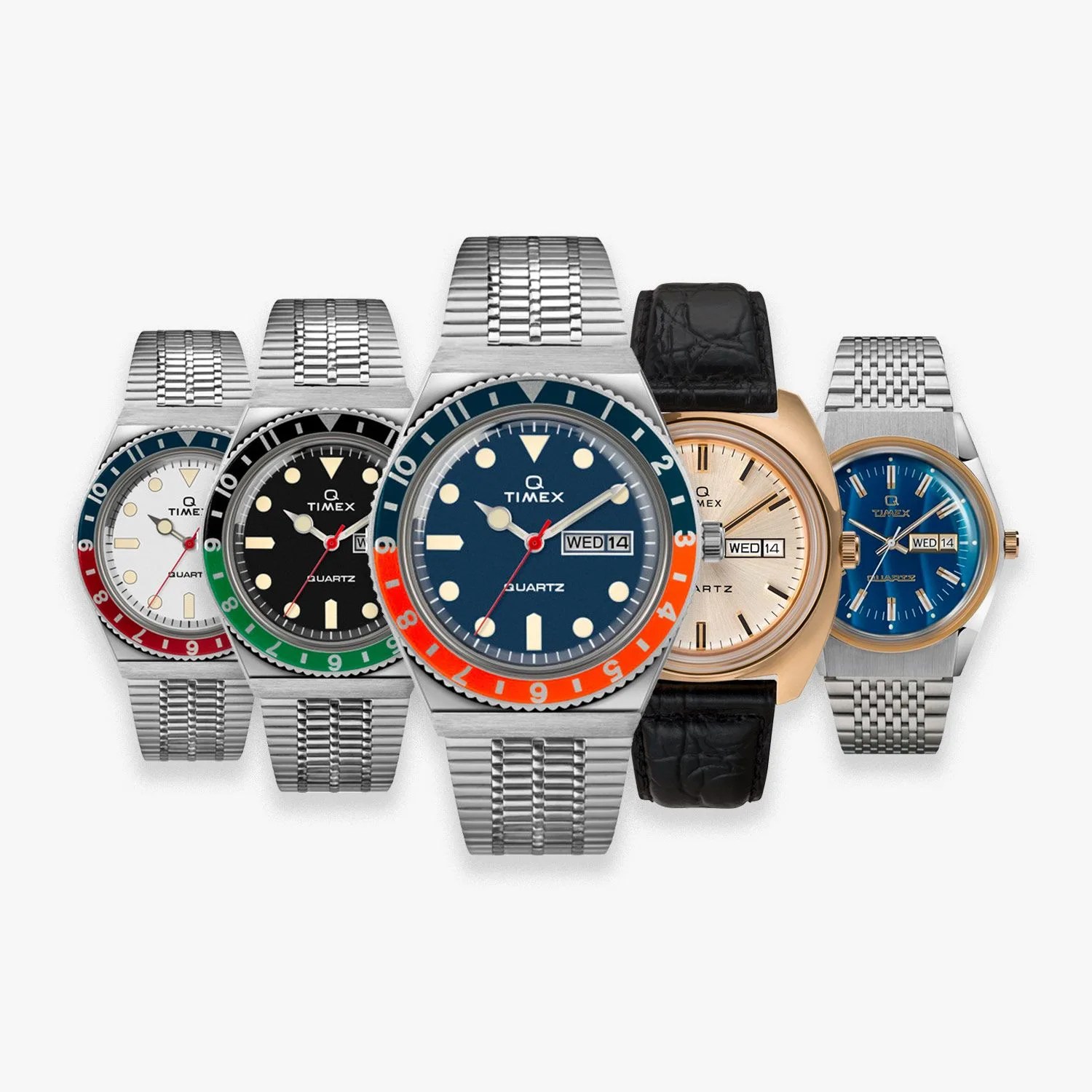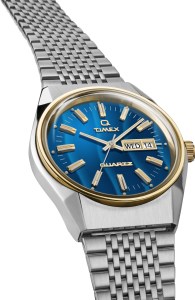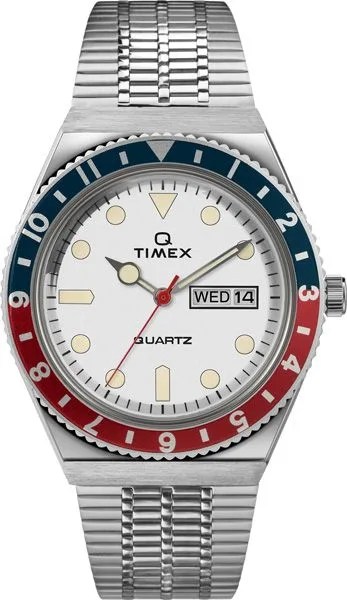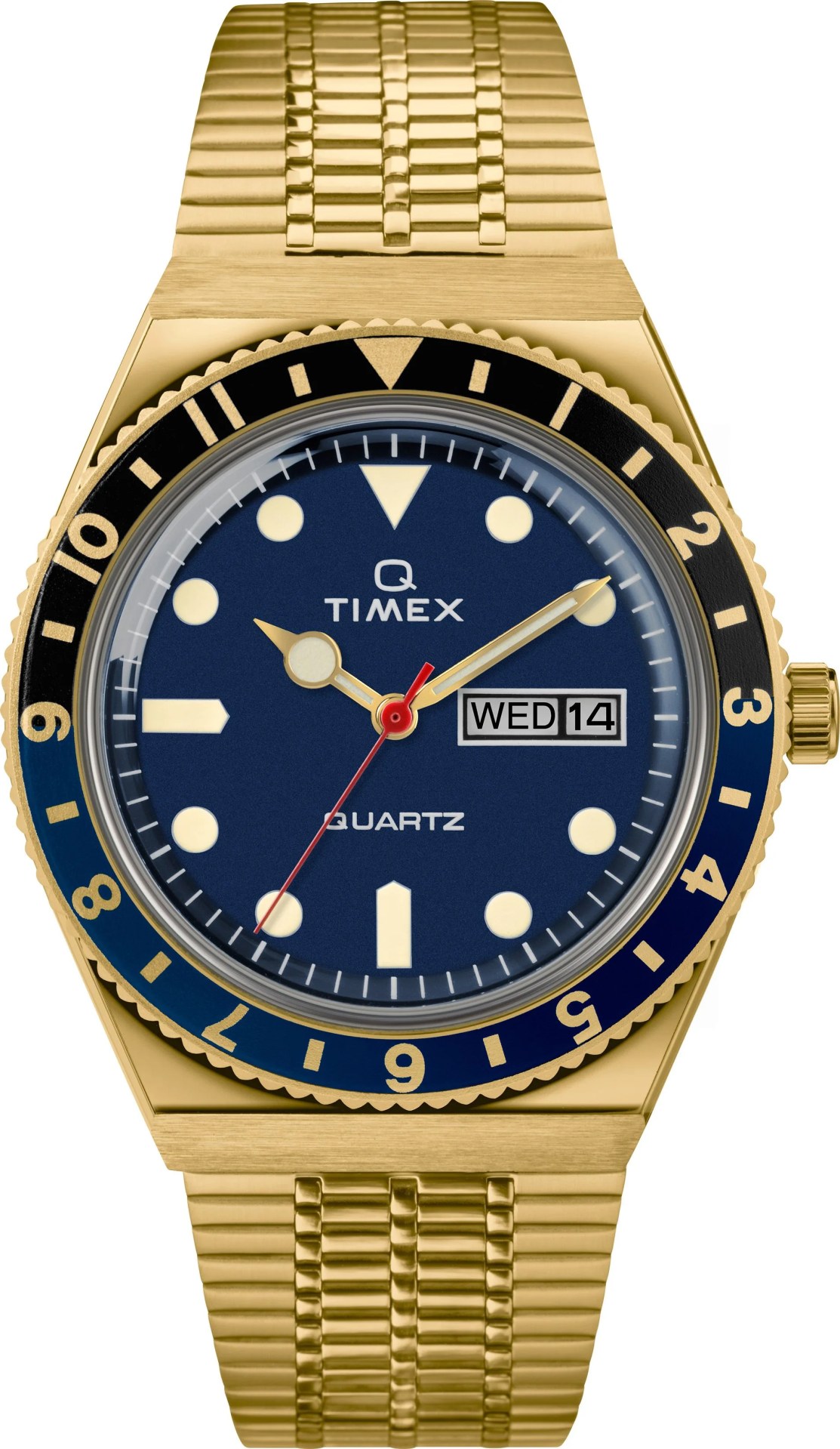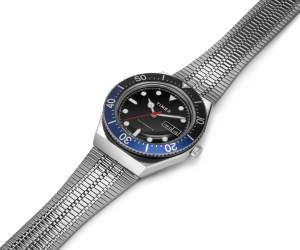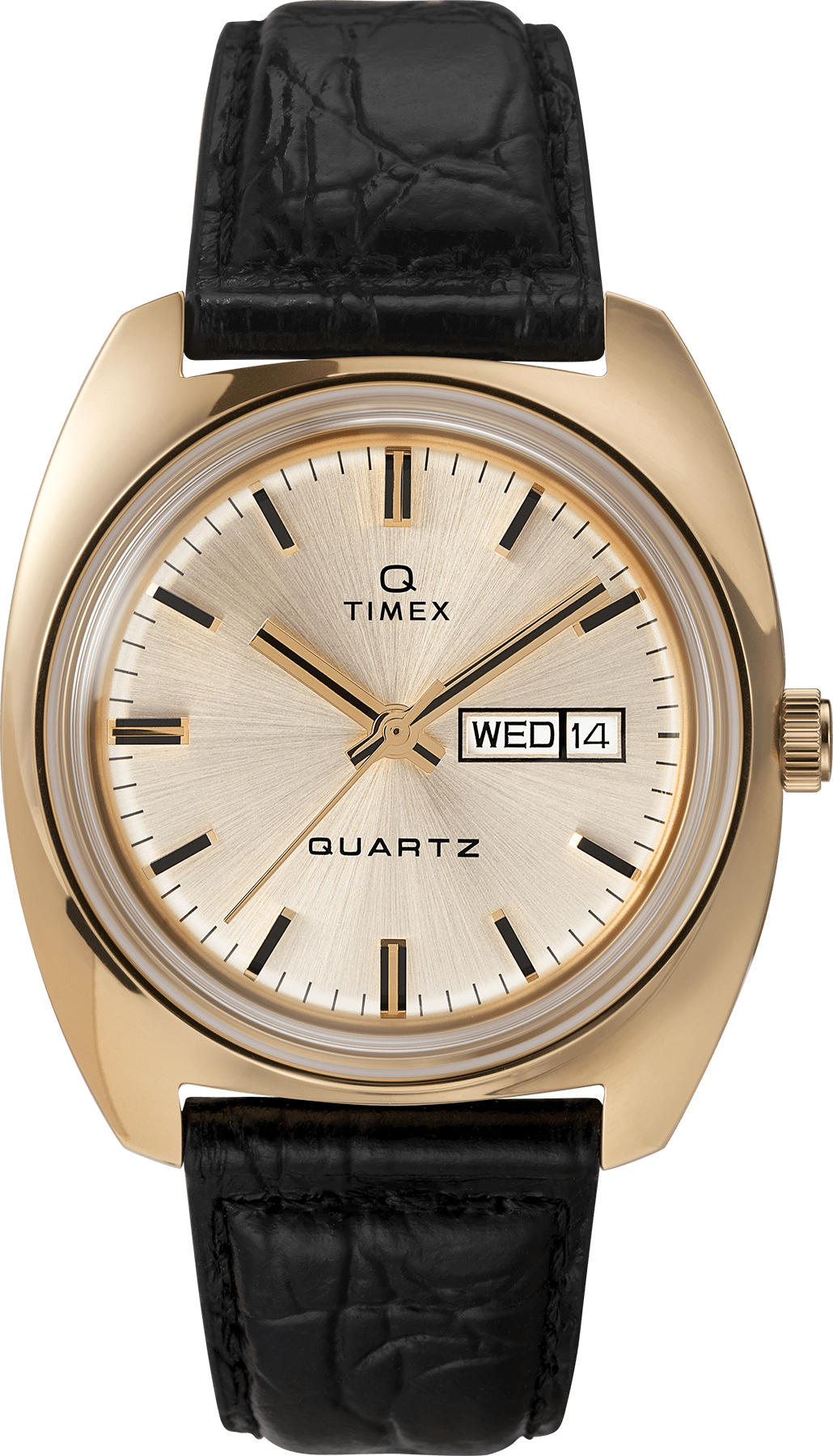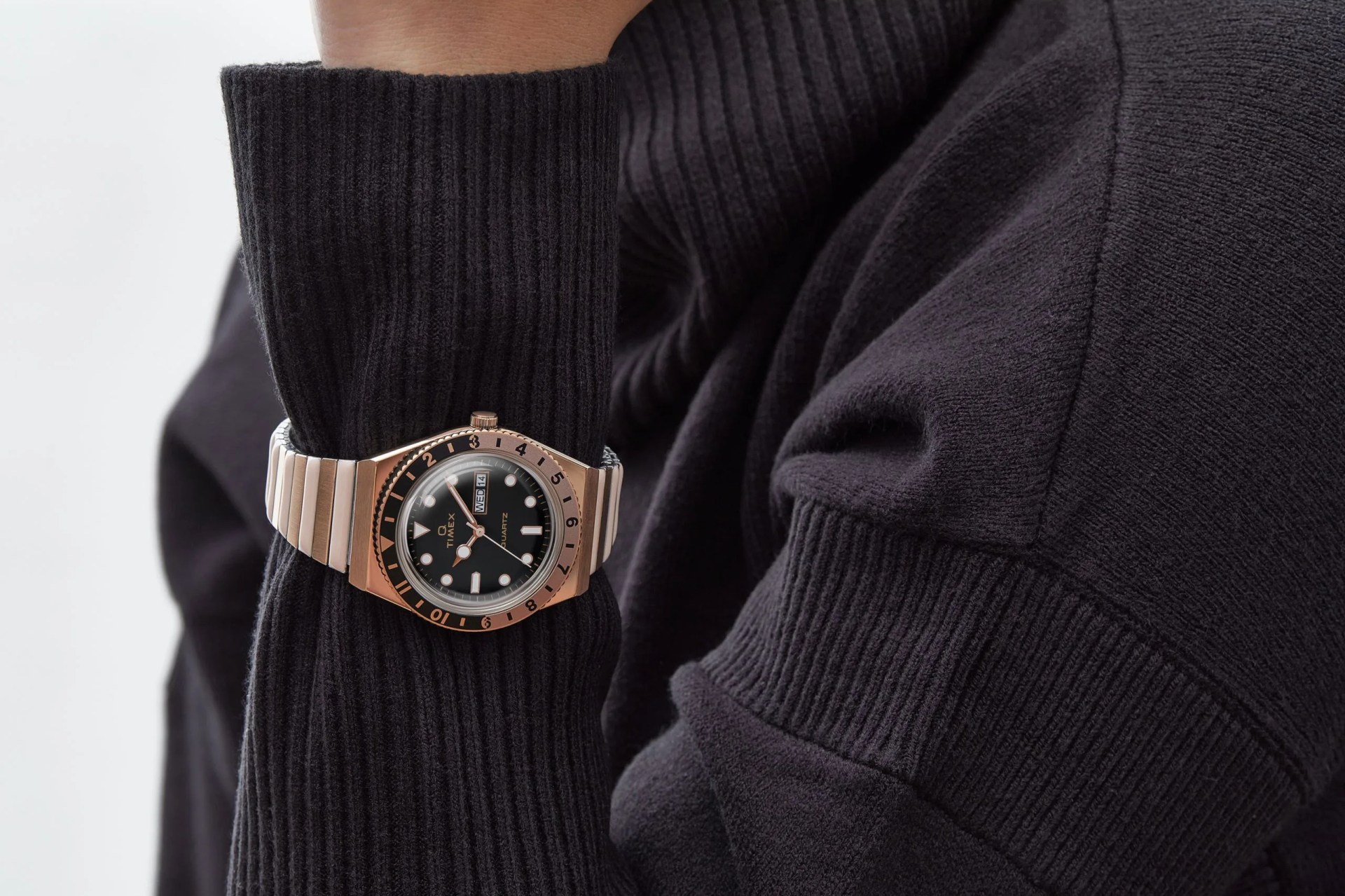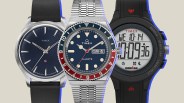Adapt, or die.
Such was the choice facing the watchmakers of the 1970s. Quartz technology — the regulation of a wristwatch via quartz crystal and a battery, rather than a hand-wound or automatically wound spring, had arrived, and it wasn’t going anywhere. The future of the mechanical wristwatch looked grim, and those who weren’t prepared to hop on the technological bandwagon faced extinction. Many firms indeed went extinct.
Of course, the mechanical watch never really went away. Now, we live in a world in which hand-wound and automatic timepieces are once again appreciated, to the point where now-vintage examples of classic references can command prices in the seven or eight figures at auction. And with an incredible variety of quartz watches (and now, smartwatches) available, both the watch enthusiast and casual consumer have never been more spoiled for choice.
But back to quartz for a moment. So many adherents of mechanical watchmaking today deride the humble quartz movement. “It’s soulless,” they say. “It’s mass-produced,” they complain. But what of the technology itself? It’s worlds more accurate than its mechanical counterpart. It’s cheaper. It’s easier to service (most of the time, it’s in fact easier to simply replace a dud quartz movement.) And because it’s so affordable, you can collect quartz watches in a way that simply isn’t feasible with mechanical watches.
This is where Timex fits in. Long champions of affordable watchmaking, the American firm has been in business since 1854, first producing mechanical timepieces, and then, in the 1970s, quartz. Most of their production is still quartz-based, though they’ve been introducing more and more mechanical wristwatches lately.
Timex’s affordable wares are many a young person’s first watch. Think of the Weekender — the horological patron saint of collegiate life. These affordable quartz watches were the gateway for many people now firmly ensconced in the watch world.
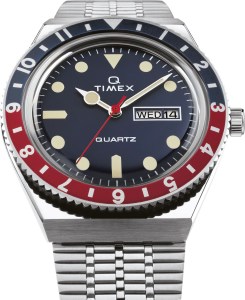 Timex
Timex